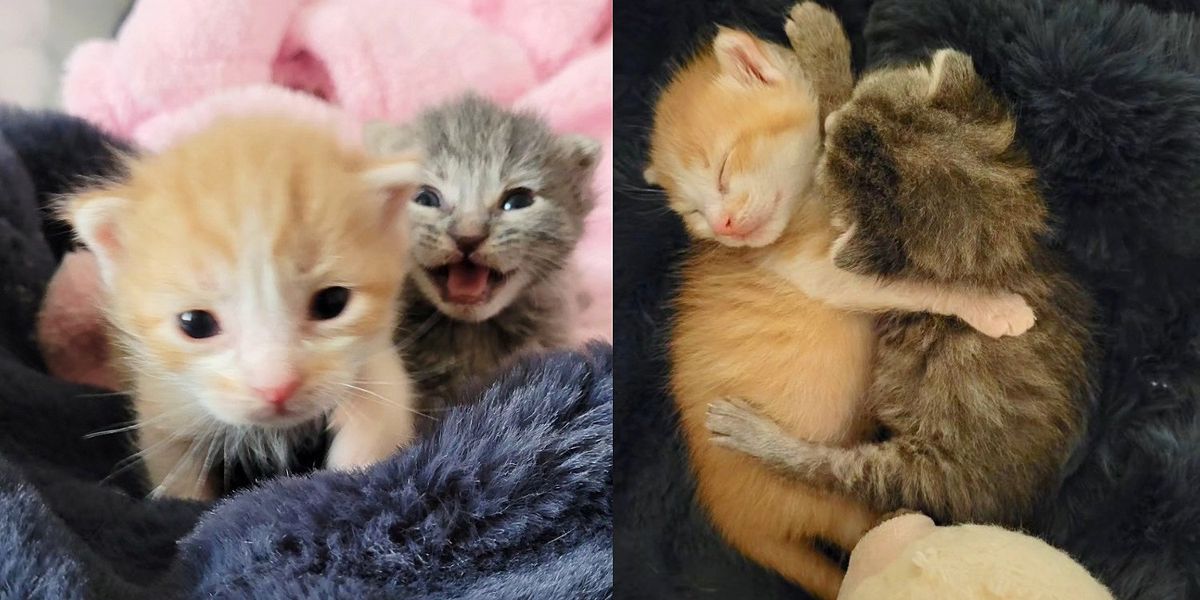


I will be honest, I kind of like being treated like a little human, even though I’m a cat with cat thoughts and cat instincts. It makes me feel like I am communicating with humans in their language. And my human understands cat language well enough so that there is rarely any confusion between the two of us.
The only problem is that a lot of people actually do believe that cats have emotions and reactions that are really exclusively human. Yes, some cat behavior mimics the way humans feel, but it’s coming from a different place. And when humans try to solve cat problems from a human perspective, it doesn’t always go well.
What the Research Reveals
Some researchers in the Netherlands did a study in 2023 to see how anthropomorphism affects a person’s perception of cats. 1800 Dutch cat owners completed the study, the majority of whom consider their cats family members (52%), a child (27%), or best friend (6%). Fourteen percent just thought of them as a pet animal.
All the participants were presented with seven photographs of cats. Four had very obvious facial expressions, while three had neutral expressions. Here’s where it gets interesting: the people who believed their cats had complex social emotions — things such as jealousy or shame — were far less accurate at guessing the meaning behind the cat’s expressions in the photographs! Those who saw their cats as children came up with the most invalid responses.
Cats Are Family From a Different Species
It’s important to consider your cat a family member. And there’s nothing wrong with caring for them as much as you would a child. But it’s equally important to relate to us kitties on our own level, and not like we’re small humans. Always remember, as cats we are better than humans, and we have our own motivations, likes, and dislikes that may be very different from human motivations and preferences.
Think of it this way: what if you become very close to someone from a different cultural background? Someone whose native language and habits have little in common with yours. But you like them anyway. In fact, you like them enough to want to learn more about their culture and language so you can better understand them. It’s that way with your cat. In fact, it should be easier with your cat, since our needs and desires are much simpler than humans of any sort!
Cat Language 101
Although I could fill a small book with the language of cats, here are some basics to help you out:
- Cats live very close to their survival instinct, and much of our negative behavior stems from feeling threatened. We worry about our territory and our resources coming to an end. When humans claim we’re acting jealous, of another pet or person, we’re actually afraid of our resources being taken away. This is much deeper than an emotional human reaction. And it needs to be solved from this point of view.
- Cats don’t think in terms of revenge or punishment. What humans see as these traits are actually stress, sometimes extreme stress. Again, it has to do with our feeling that our survival is being threatened. Most inappropriate elimination comes from either illness or stress, and should be dealt with on that level.
- Cats aren’t “aloof.” We love being part of your lives. But being restrained (i.e., hugged or held) triggers our flight mode, which is why we may struggle out of your grasp. Always remember, cats are both predators and prey. No one likes feeling vulnerable when it comes to their very survival.
- Cats require a lot of personal space. If we are in the same room as you, facing away from you, we aren’t ignoring you. Quite the opposite. We consider this quality time.
- For most cats, the path to our hearts is paved with food. For those of us who aren’t food motivated, playtime will usually do it. If neither wins us over, it’s quite possible you aren’t paying enough attention to realize we are sending subtle cues to know where you stand with us. Watch our ear set and body language and the way we relate to the area around you.
I hope these help!
Do you treat your cat like a tiny human? Or have you and your cat established your own way of communicating? Let’s discuss it in the comments.
Here are more posts about cat language you may want to check out:









